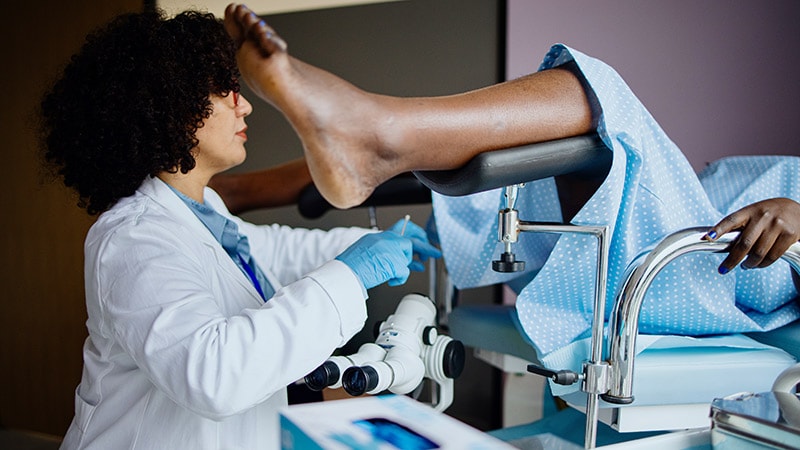Cervical Cancer Screening Guidelines in the US: Conflicting Recommendations and Clinician Hesitancy to Adopt Changes
The content discusses the recent updates to cervical cancer screening guidelines in the US, particularly the changes proposed by the American Cancer Society (ACS) in 2020. The ACS guidelines recommend starting cervical cancer screening at age 25 instead of 21, and using primary human papillomavirus (HPV) testing instead of a Pap test.
However, a survey of 70 healthcare providers found that most had not adopted these ACS recommendations. The key reasons for the reluctance include:
-
Conflicting guidelines from the US Preventive Services Task Force (USPSTF), which dictates insurance coverage in the US. The USPSTF guidelines still recommend starting screening at age 21 and using Pap testing.
-
Concerns about missing high-grade precancerous lesions or cancer by delaying screening to age 25, especially for high-risk populations.
-
Doubts about the efficacy of primary HPV testing compared to Pap testing, with some providers preferring to rely more on Pap results.
-
Logistical and financial barriers, such as lack of access to HPV testing infrastructure and uncertainty about insurance coverage.
-
Waiting for endorsement of the ACS guidelines by other major organizations like the American College of Obstetricians and Gynecologists (ACOG) and the USPSTF.
The content suggests that the upcoming update to the USPSTF guidelines could help reconcile the differences and encourage more widespread adoption of the ACS recommendations, which are based on the latest evidence.
Customize Summary
Rewrite with AI
Generate Citations
Translate Source
To Another Language
Generate MindMap
from source content
Visit Source
www.medscape.com
Cervical Cancer Screening: US PCPs Unclear on Best Practices
Key Insights Distilled From
by Helen Leask at www.medscape.com 05-01-2024
https://www.medscape.com/viewarticle/cervical-cancer-screening-us-clinicians-unclear-about-best-2024a10008fq
Deeper Inquiries
